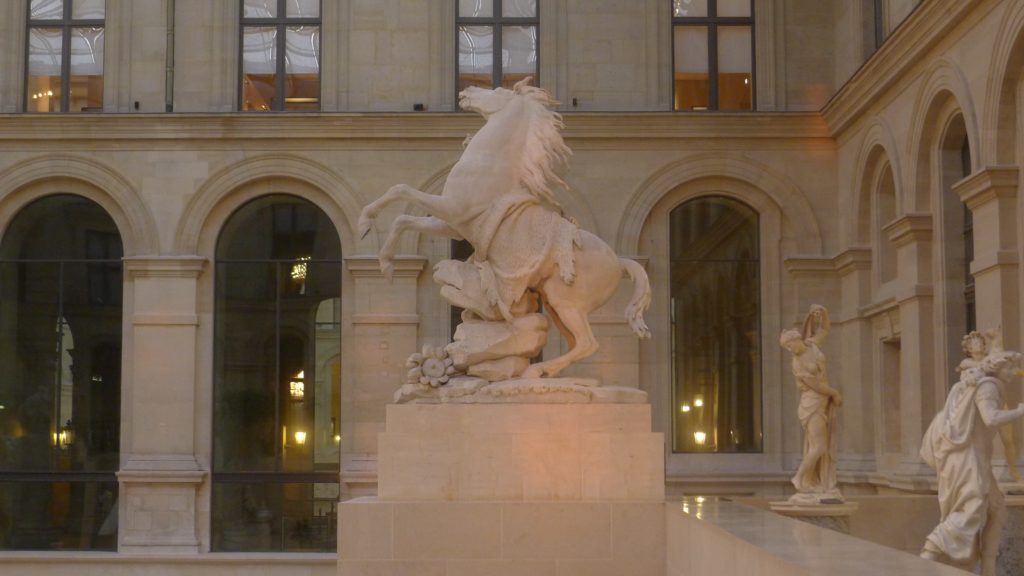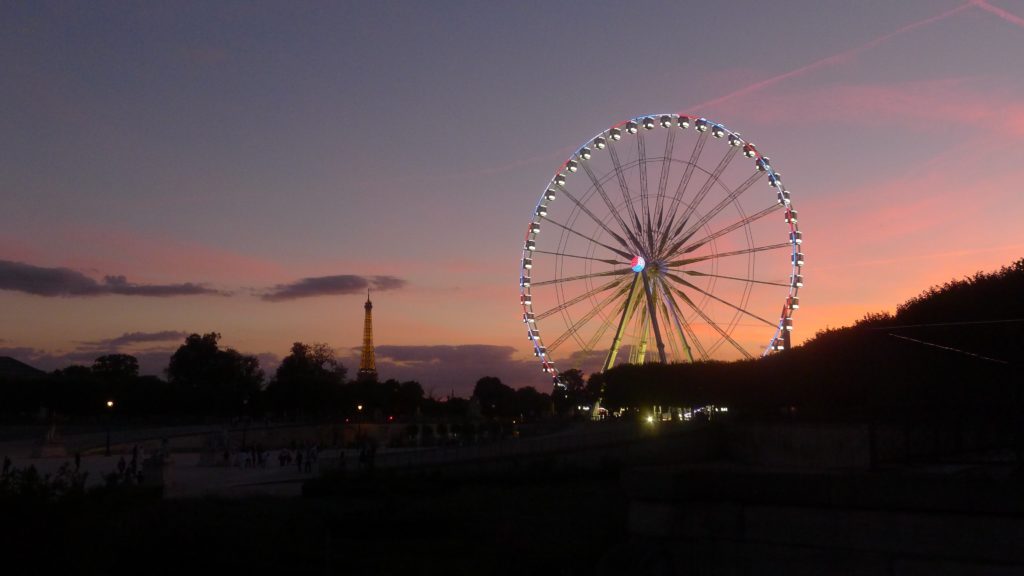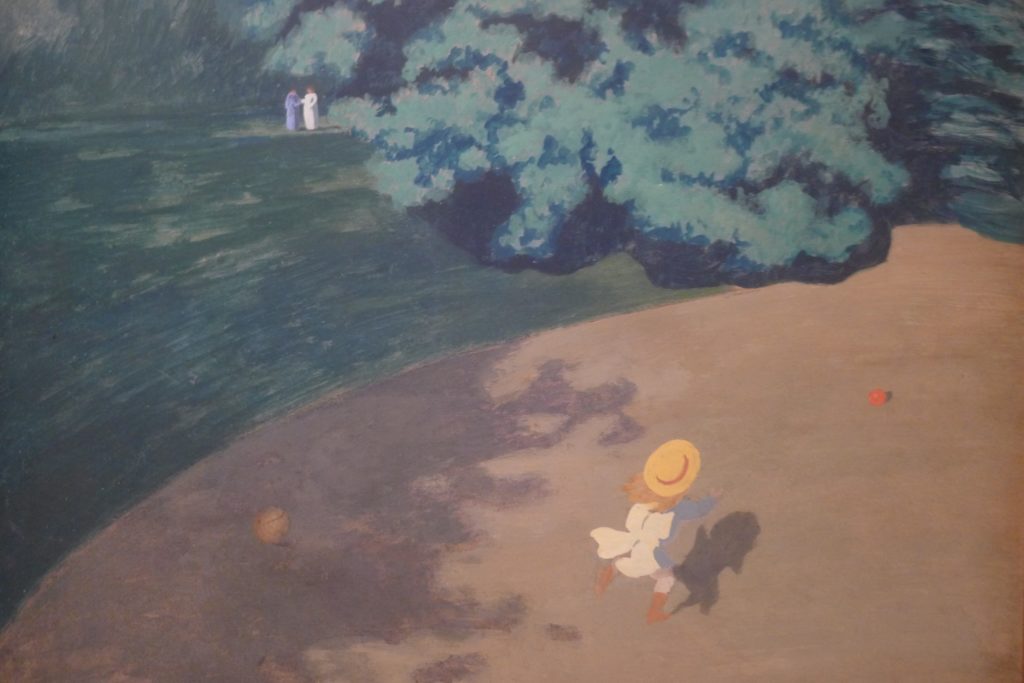My last week studying at CCFS is catching up fast, and before long it would be time to bid Paris a goodbye. On Saturday morning my lovely roommate has already left for United States, leaving the entire apartment and Coquine the cat to me. Yes, my host mother has parted for vacation in Sicily as well! Indeed we were discussing some time before that nowhere in France does this tradition of summer vacation seem that evident. Stores and news stands are closed; department stores are filled with beach outfits and Panama hats; even several professors at CCFS are leaving for vacation in the middle of the programs. Not that the school acts irresponsibly at all – CCFS ensures smooth transitions between professors – but indeed it is surprising at first to find out how vacation is an absolutely uncompromisable priority in French life.
I, on the other hand, hoped to take advantage of the slight space left by Parisians on vacation to visit all around more easily. A bit naive, I admit. Yet all the same I organized a trio-museum trip this weekend: Musée du Louvre, Musée de l’Orangerie, and Musée d’Orsay. Merely mentioning these three names suffices to predict a grand project, for I still remember how the 11-year-old me was almost dragged around Louvre to finish a classical route around it. Louvre remains immense even after almost ten years since my first visit. However, the Friday night when I entered Louvre turned out to be an incredibly beautiful one. Slowly sinking sun projected the enlarged shadows of sculptures against the walls of the Richelieu Wing. Sunlight bathed the grand marble sculptures with a sense of grandeur and vicissitudes in this spacious hall. I came to realize that the architecture layout of Louvre itself is perhaps a priceless precious when placed into interactions with its awe-striking collection.
Musée de l’Orangerie showed a completely different image. Undoubtedly the eight huge pieces of Monet’s waterlilies set the tone of this delicate museum located in Jardin des Tuileries. Its official guides says that Monet designed this collection of works to provide Parisians with a space where they could catch a breath. The natural light pouring in from the half-transparent domes is incredibly tender and soothing. Visitors would be embraced by waterlilies displayed all around the two oval halls. It is particularly intriguing to think, in retrospect, how it is only possible to detect the subtle fluid changes of light and shadow in the paintings by standing away from them. Distance facilitates us to “see the bigger picture.” I am not certain whether my whimsical idea would become any more philosophical, but indeed this “boutique” museum proves to be truly thought-provoking.
Finally came Musée d’Orsay. It would be redundant for me to describe how Orsay is a huge feast for Impressionism lovers; and I happen to be one. Despite it being a Sunday when even public transport slowed down to some extent, Orsay was extremely popular all the same. What I found most fascinating from this visit in particular, however, is the numerous works here that bring me a sense of summer. Green fields, afternoon gardens, or even roses in the corner of delicate portraits show a pleasant and tranquil summer atmosphere. Crowded as it was, Orsay still calmed me down from the glaring sunlight outside.
With the few days left for my Paris stay, I would continue to try to soak every fascinating detail of the city. Looking back to my first post, it now seems almost naive not to hurry in Paris, for there are always so many things to see, however long one stays here.



